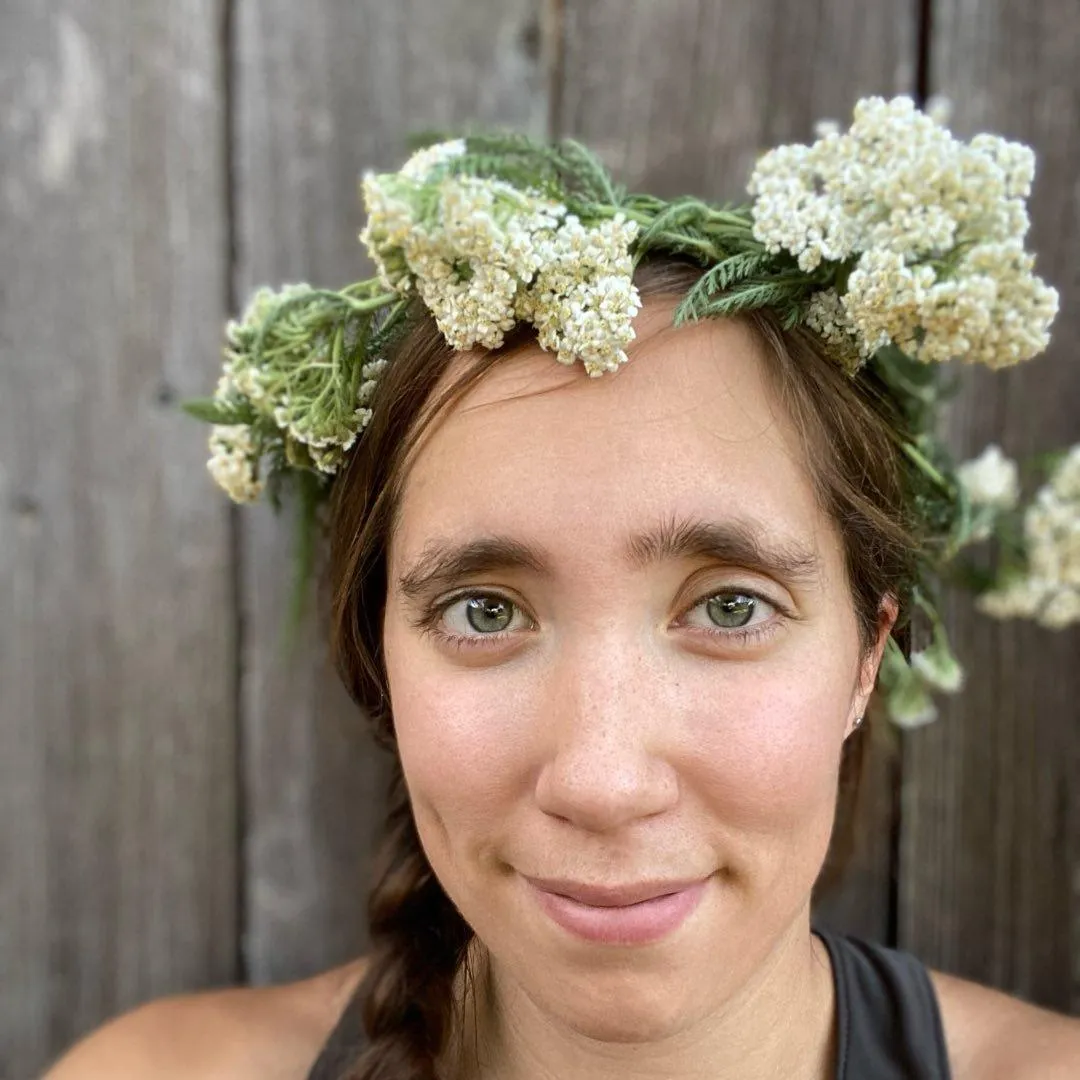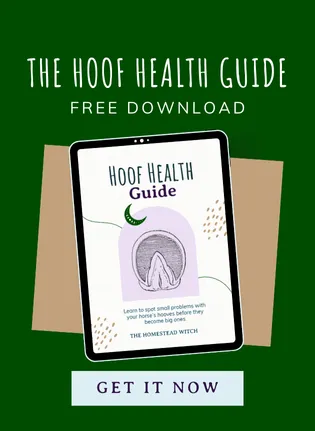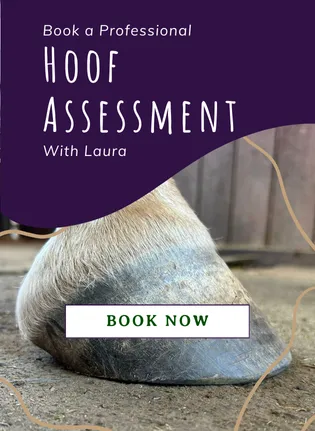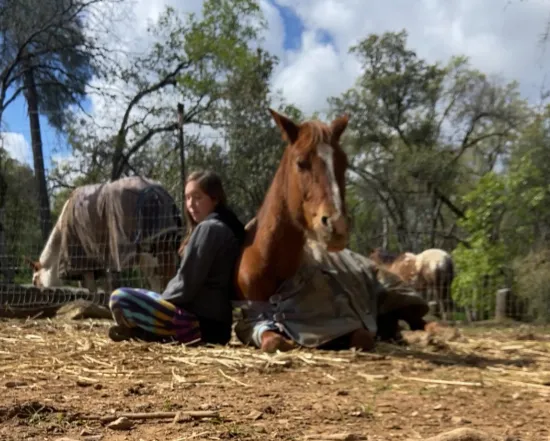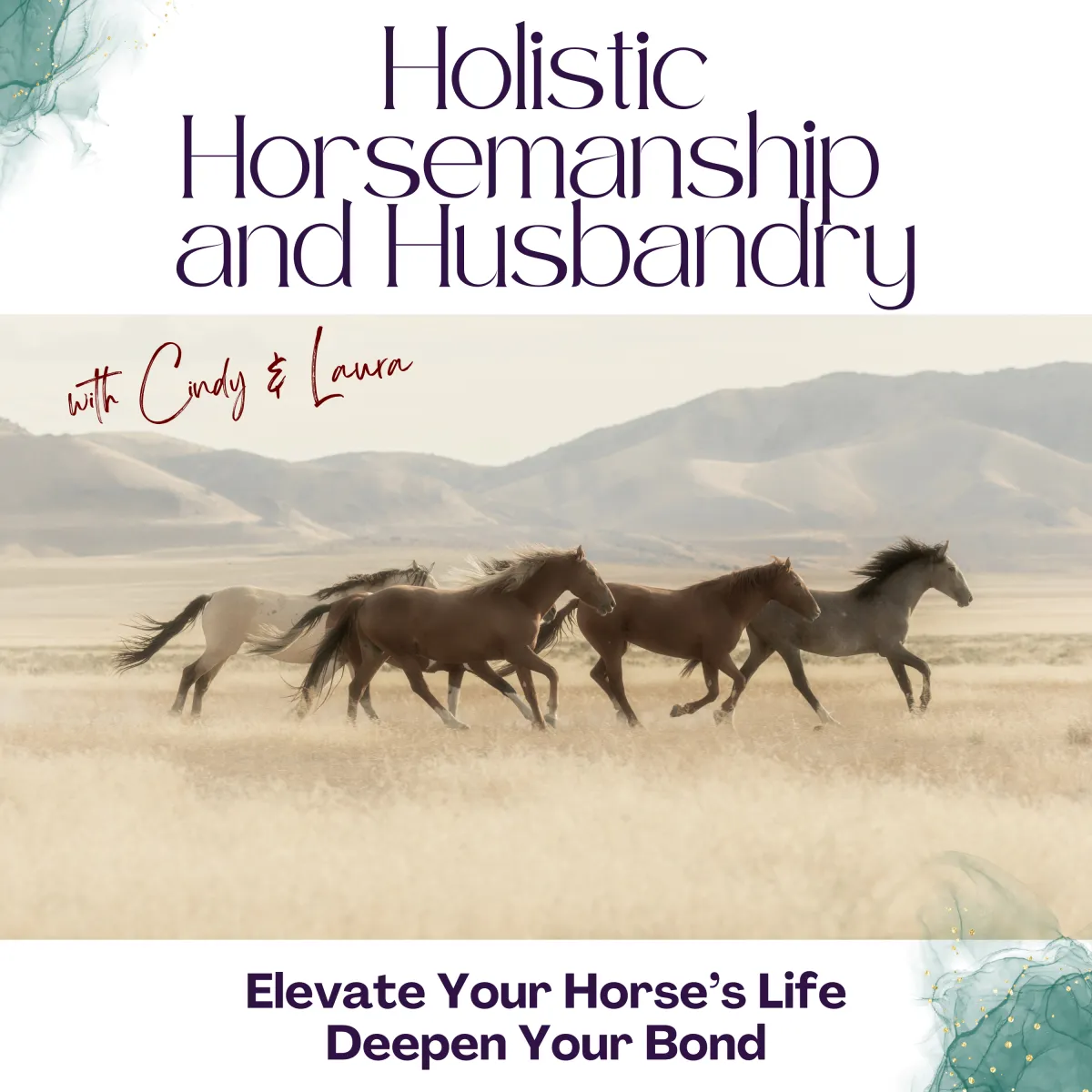How to Choose Between a Vet, Farrier, or Trimmer
How to Choose Between a Vet, Farrier, or Trimmer

Right now, the hoof care world is the wild west. Vets, trimmers, and farriers are constantly at odds, and horse owners are stuck in the middle — confused, frustrated, and unsure who to trust.
The real problem in hoof care is that horse owners haven’t been taught what to look for. There’s a major education gap in this industry that prevents professionals from being held accountable for spreading false information.
Horse owners stress over harmless cosmetic cracks, while issues that actually matter — like central sulcus thrush and major imbalances — often go completely under the radar.
Combating the Education Gap
That’s why I’m putting together this blog series. I’ll walk you through what a healthy hoof actually looks like — and more importantly, why it matters. I’ll show you how to recognize the warning signs of trouble and what it really takes to build a healthy hoof.
When I think of the 1000s of hooves I’ve seen in over a decade in the horse industry, the barefoot hooves are the healthier, happier horses. That’s what feels right to me — so my content will reflect a heavy bias towards that.
If it doesn’t resonate with you, that’s okay. Put your energy towards finding information elsewhere. But if it does — and you’re struggling to find a team that supports you— I’m here to help.
But before we dive into all that, we need to talk about the players in this space. You deserve to understand what each professional brings to the table — when to call a farrier, when to call a vet, when to call a barefoot trimmer — and what you can realistically expect from each of them.
“Can’t I Just Call a Certified Farrier?”
In the U.S., there’s no licensing or certification required to be a hoof care practitioner. Anyone can buy a set of tools and call themselves a hoof care professional. That’s why it’s so important for you, the horse owner, to know what you’re looking at.
The American Farriers’ Association offers certifications, but they’re designed for farriers, not trimmers. And while those certifications confirm someone’s skill with metal, they don’t guarantee anything about how that person trims a hoof (more on that later in this post).
Understanding Vets
Many horse owners assume their vet is the go-to expert when it comes to hooves. But that’s not true.
Most veterinarians get shockingly little training in hoof care. In the U.S., there are around 30 vet schools, and only five have a hoof care professional on staff. I’ve talked to vets who told me they got three lectures total on hooves during vet school. That’s it.
Two veterinarians in my current hoof care certification program said the only thing they were taught was how to remove a shoe. One didn’t even get to try — there were four shoes and seven students, so she just watched.
This isn’t a dig at vets. They save our horses' lives in so many other ways. But when it comes to hooves, their formal training usually ends with: “Call a farrier.”
So when a horse presents with poor angles, unexplained pain, “rotation,” or imbalance, most vets are taught to refer out for specialty shoeing — unless they’ve taken it upon themselves to study hoof care beyond their veterinary degree.
The problem with this is that specialty shoeing is typically not what the horse actually needs.
How Can a Vet Help a Hoof?
We absolutely need our vets, especially for diagnostics. X-rays are key to getting answers when something’s wrong inside the hoof capsule. If there’s suspected soft tissue damage or a fracture, a vet should always be involved.
That said, what they recommend based on the x-ray may or may not be correct. Again, the more you know, the better you’ll be able to advocate for your horse. It’s your decision whether or not a shoe is the right choice.
Note: I am not anti-vet. I have an amazing vet team for MJ, and she would not be alive without them. But we put too much pressure on equine vets — expecting them to be everything to every horse. It’s not fair. Their education system is failing them in the hoof department, and most are already overworked. Expecting them to dedicate more time and money to education when they are already drowning in debt is not fair.
What I hope for is that vets approach hoof care conversations with humility, willing to be part of a team, and open about the limits of their knowledge. When we both come together in this way, the conversations go very well.
Understanding Farriers
Calling the farrier isn’t always the ideal solution either. As you’ve learned here, a metal shoe does not create a healthy hoof.
Most farrier schools emphasize blacksmithing. Students spend most of their time at the forge, learning to create beautiful, functional shoes, but not always learning to balance the hoof correctly before applying them.
Farriers are trained with the belief that “the hoof is messed up, and the shoe will fix it.” But in reality? The shoe just covers the problem, allowing you to ride today but creating hidden problems that can cause lameness long term.
How Can a Farrier Help a Hoof?
Does this mean we don’t need farriers? No. But we don’t need as many farriers as we currently have. Especially ones who only shoe and don’t prioritize a quality trim.
That said, if a coffin bone is fractured and needs temporary stabilization, a metal shoe is necessary. That’s when you call a farrier.
Farriers working to improve their trimming skills and adapt to new technology? Those are the ones you want. Anyone moving away from the traditional metal shoe and into composites and glue-ons is someone I’d gladly work alongside or have on my MJ's care team.
Understanding Barefoot Trimmers
The final practitioner on our list is the barefoot trimmer. The answer to all of the issues above! Well… maybe. In some circumstances. There’s no perfect answer here.
Some barefoot trimmers are excellent — well-educated, experienced, and doing incredible things for horses. Others mean well but lack training and don’t realize they’re causing harm.
That’s why it’s up to you, the owner, to watch closely, ask questions, and step in when you need to. My guide to an excellent trim is here. It will help you do that.
Good barefoot trimmers understand how to avoid the chronic issues we’ve normalized in horses. They know how to transition a horse from shod to barefoot, grow a healthy foot, and support horses with founder, navicular, sidebone, ringbone, and more.
How Can a Barefoot Trimmer Help a Hoof?
In my professional opinion, every horse owner should start with a quality barefoot trimmer. With the right diet, environment, and trim, most horses will grow strong, functional feet.
So many owners have been told, “Your horse can’t go barefoot,” and 9 out of 10 times, that simply isn’t true.
A good barefoot trimmer will:
Know when to bring in a vet (and want to collaborate)
Be able to estimate how long it will take to rehab the hoof
Show you how they’re balancing the foot and why
Prevent chronic issues so you can spend more time enjoying your horse
Educate you about how your horse’s diet and lifestyle impact their hooves
How Did We Get Here?
There’s a lot of ego wrapped up in hoof care. Especially among old-school farriers who feel uncomfortable about the direction the industry is headed. No one is intentionally trying to hurt horses.
Everyone is doing what they believe is best, based on what they’ve been taught. The issue is that what was being taught just 5 years ago is not what’s best for horses.
Shoes made sense historically. Horses were farm equipment and needed to be sound today, not 30 days from now. Long-term hoof health wasn’t a consideration.
Today, long-term hoof health is everything (to those who truly put the horse first). I want my horse to be sound, and for decades. That’s why I won’t shoe my horse.
Barefoot trimming is still relatively new, and that makes people uncomfortable. Vets don’t fully understand it, and feel like they can’t break the status quo by recommending barefoot rehab.
It’s going to take decades for science, education, and the horse industry to catch up to where we need them to be.
That’s why the horse owner has to be the one to make the call.
You’re the only one with eyes on the whole picture. That puts you in the best position to make truly informed choices.
It starts by learning how to pick up your horse’s hoof and knowing what you’re looking at.
Important Things for Horse Owners to Know
I can’t teach you everything you need to know about hooves in one post, but I can leave you with some things to think about in terms of your current professionals.
Here are some red flags to look out for in conversations with your hoof care providers:
“I trim all horses the same — shod or barefoot.”
“Barefoot trims are a joke.”
“All horses need 1.5-inch heels.”
“Your horse’s hooves will crumble without shoes.”
If your gut says something feels off, trust it. Do some research. Talk to other horse owners who share your values.
Before letting a vet, farrier, or barefoot trimmer work on your horse, ask questions like:
How much hoof training did you get in school?
Have you studied barefoot rehab?
What kind of continuing education have you done?
How many horses like mine have you helped — and what was the outcome?
What will my horse’s life look like a year or two from now?
How many of your clients’ horses are barefoot?
It’s okay to ask questions. It’s okay to get a second opinion. It's okay to go against the grain.
I’m going to continue to provide as much educational material as I can so you can learn how to make the right calls for your horse.
You’re your horse’s best advocate. Your professionals are there to support you. Not the other way around.
